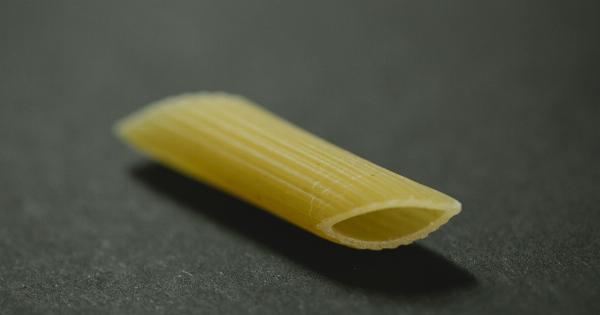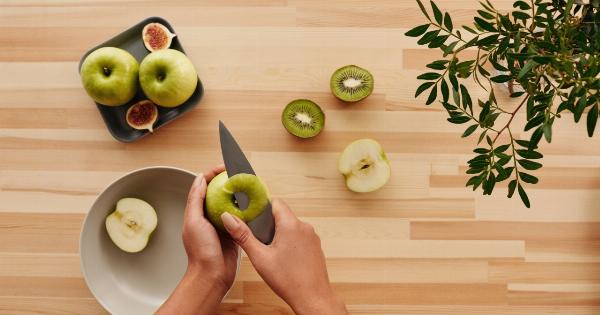Boiling spinach has been a common practice for many years when preparing this leafy green vegetable. However, boiling spinach may not be the best way to prepare this nutritious vegetable.
In fact, boiling spinach could be a mistake that impacts its nutritional value and taste. This article explores the reasons why boiling spinach could be a mistake and healthier ways to prepare it.
Reasons why boiling spinach could be a mistake
Spinach is one of the most nutritious vegetables, packed with vitamins and minerals such as vitamin A, C, K, and folate. It’s also rich in dietary fiber and antioxidants.
However, boiled spinach loses much of its nutritional value and flavor as compared to other cooking methods. Here are some reasons why boiling spinach could be a mistake:.
1. Loss of nutrients and antioxidants
Boiling spinach can result in nutrient loss due to leaching of water-soluble vitamins and minerals into the boiling water.
Vitamins like folate, vitamin C, and certain antioxidants are vulnerable to heat and can easily be destroyed during the boiling process. Once these nutrients are lost, they can’t be regained, making boiled spinach less nutritious than steamed or sautéed spinach.
2. Loss of flavor and texture
Boiled spinach tastes bland and has a slimy texture due to overcooking. Heat softens spinach’s pectin cell walls, leading to its mushy texture.
High heat can cause the chlorophyll pigments to degrade into pheophytin, causing spinach to turn brownish-green and lose its vibrant color and fresh flavor. Steamed or sautéed spinach retains its bright green color, fresh flavor, and crisp texture, making it more appealing in salads and other dishes.
3. Boiling spinach increases the risk of nitrate toxicity
Spinach is high in naturally occurring nitrates, which are converted into nitrites by bacteria in our digestive system.
High levels of nitrites in the body can cause methemoglobinemia, a condition where red blood cells can’t transport oxygen effectively, leading to tissue hypoxia. Boiling spinach can increase nitrate levels by up to ten-fold, increasing the risk of nitrate toxicity. However, steaming or microwaving spinach has a lower effect on nitrate concentration, making it a safer method of cooking.
Healthier ways to prepare spinach
Since boiling spinach could be a mistake, here are healthier ways to prepare this nutritious vegetable:.
1. Steaming
Steaming spinach is one of the best ways to preserve its nutrients and flavor. Steaming spinach helps retain its bright green color, fresh flavor, and crunchy texture.
To steam spinach, add a small amount of water to a saucepan, bring it to a boil, add spinach leaves, and cover with a lid. Steam for one to two minutes until the leaves wilt slightly. Drain and season with salt and a dash of olive oil or lemon juice.
2. Sautéing
Sautéing spinach in a small amount of olive oil or butter gives it a rich, buttery flavor and crispy texture. Sautéing spinach is quick and easy, making it a perfect side dish for a weeknight meal.
Heat a skillet over medium-high heat, add spinach leaves, and stir occasionally for 2-3 minutes until they are wilted and slightly crispy. Season with salt and pepper.
3. Raw
Raw spinach is a quick and easy way to add nutrients and crunch to your salads. Raw spinach is delicious, nutritious, and easy to work with.
Simply toss spinach leaves with your favorite salad dressing and toppings and enjoy them as a healthy side dish or main course.
Conclusion
Boiling spinach could be a mistake since it reduces its nutritional value, flavor, and increases the risk of nitrate toxicity. There are healthier ways to prepare spinach that help preserve its nutrients, flavor, and color.
Steaming, sautéing, and eating raw are the best ways to prepare spinach. Try these methods next time you want to enjoy this nutritious and tasty vegetable.


























